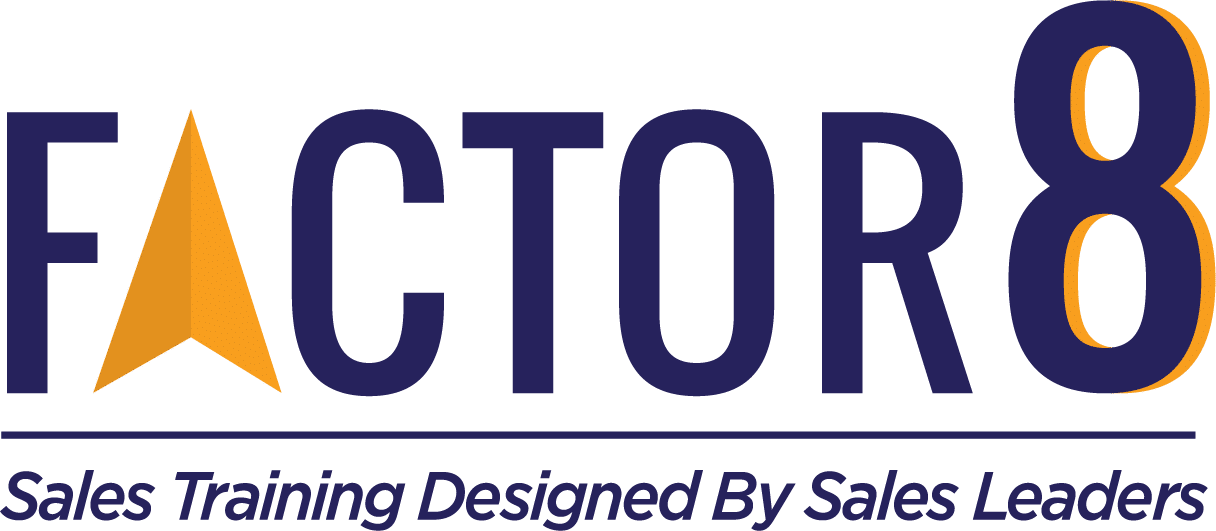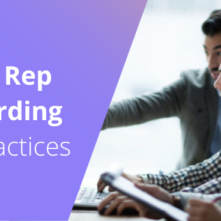How to Hire and Retain Top Sales Reps and Managers
Help! I’m hiring salespeople, but where do I find them? Well, probably not in the stack of resumes from your recruiting department. Or maybe you already know that and hence the Google search bringing you here. Great sales talent is near impossible to find these days and will continue to be difficult in the coming years thanks to shifting employment rates, aging demographics, and increases in sales hiring. Your ideal candidate profile with a few years of experience in your industry and a college degree isn’t coming to you. So, what do you do?
Here are a few creative strategies and tactics to consider when hiring salespeople:
Get Ready to Win
It’s a seller’s market, not an employer’s market so every candidate you do happen to find will be comparing you to other potential offers. You are competing with other companies, so make sure now that your…
- Website reflects a great culture
- Glassdoor reviews are positive
- Employees and customers have posted good things
- Website reflects diversity (they won’t apply if they don’t see it)
- Your process moves 2x faster than it used to. If it takes you 4 weeks to hire, they’ll accept elsewhere
- Social presence is engaging, recent, and active
- Pay and benefits are at, or above, market rate
- Company social causes exist and are enticing
- Job descriptions aren’t wish lists. Keep them short to fill the funnel (key for females)
- Career growth and development opportunities are plentiful
More than ever, employees are shopping employers and the new generations care less about pay and more about career growth, development opportunities, and social causes. Ask yourself: How would they look to their followers if they joined your company? Will their friends think they went back to the dark ages? Or will they have FOMO because the company is totally GOAT?
(If you don’t know what either of these terms mean, it’s OK, I had to look up one of them too. But maybe get a 20-something in recruiting to do the social checks for you 😉)
Get More Candidates
OK, got this all delegated and you’re ready to win the battle? Now it’s time to fill the pipeline. Like any smart sales leader, you know better than to have just one source. Here are some great actions to try this year:
- Repurpose a sales headcount to shop LinkedIn for passive candidates
- Start a program at local colleges BEFORE they graduate or go to career fairs
- Partner with sales colleges to volunteer to speak or judge role plays
- Grant a massive bonus for referrals
- Comp (or measure) managers for finding their own talent
- Go talk to employees in service, marketing, product, delivery who might try sales
- Try community college or tech school career fairs (is a 4-year degree totally necessary?)
- Use social networks to post (e.g. is there a local mom’s group?)
- Try advertising a contest, scholarship, or other promotion for sellers/leaders and use it as a marketing funnel (it’s a lead list! Call it!)
- Find your favorite person each week (Restaurant server? Your kid’s teacher?) and recruit
If these seem like desperate measures, then I’ve hit the mark. This is not a time for passive recruiting. Anyone great at selling who isn’t employed already is probably not your hire.
Improve Your Selection
Got folks in the funnel but need help choosing a better fit?
Listen, I made some HORRIBLE hiring decisions my first year in every new position. Bet you have too. It’s critical to remember that your hiring process needs to be a documented and rigorous pipeline just like your sales funnel. Here are a few questions to help:
- Is the screening aligned to the job (e.g. phone screens for phone sales?)
- Do you have defined gates to pass to the next stage?
- Are you involving multiple decision-makers?
- Are you looking for experience and skill? Or behavior and aptitude (pick the latter)?
- Who’s doing the heaviest lifting and how can you put less on your managers?
- Do candidates have a great idea of what to expect? Could a job shadow help?
- Are your managers aligned on the definition of a good candidate?
- Can managers hire their own teams (trust me, don’t do it for them)
- Do your screening tools help you increase the pool vs. decrease (your resume screener or profile tool may be weeding out today’s definition of good)
- Have you trained managers on how to interview?
I know, overwhelming – especially with your rag-tag group of new and tenured managers (just guessing). I got your back on this one with our new Sales Bar eLearning course, “Hire Like a Rockstar”, that will help your entire team define good, create a rubric of criteria, and align interview questions + scoring to make consistently better hires. You’re welcome. 🙂
SALES TEAM RETENTION [INFOGRAPHIC]
Keep the Talent You Find
Finally, we can’t address keeping your sales team afloat if there’s a hole in the boat. The best way to staff your team is to keep the ones you have. Remember, you make your number every month on the backs of your B players. Work like hell to keep your A, B, and C players coming to work and grow. Here’s what’s most important in this fight:
- Monthly sales training opportunities. That’s right, several hours a month is table stakes, and a pass to LinkedIn learning isn’t impressive anymore
- Monthly call coaching. Yes, monthly. Make sure your managers are trained on how to do call coaching well and are doing it consistently
- A documented career path with clarity on how and when they’ll move up
- Opportunities to move up within 18 months (average lifespan of a new rep)
- Access to leaders. Manager meetings, skip levels, feeling close to executives
- Company social causes. Volunteering together or a pet charity with hands-on opportunities
- Work/life balance. Kids these days (did I just type that?) are uber-focused on having a full life, less stress, and chances to be with family and friends
- Basic tech stack. They’re used to a great CRM, engagement tool, call recording, data sources, and more. If you’re using Excel spreadsheets, you’d better rock the rest of this list
- A mission to believe in. Listen, even if you sell floor wax, be sure every employee knows how they’re helping change the world
- A mentor and/or buddy. Having a great friend and/or confidant at work is a leading indicator of employee engagement.
They have choices, and as soon as they choose you, someone else is recruiting them.
Need to train newly hired sales reps or managers?
We’ve got your back! Contact us today to learn about our customizable virtual sales training programs
available for reps and managers.












